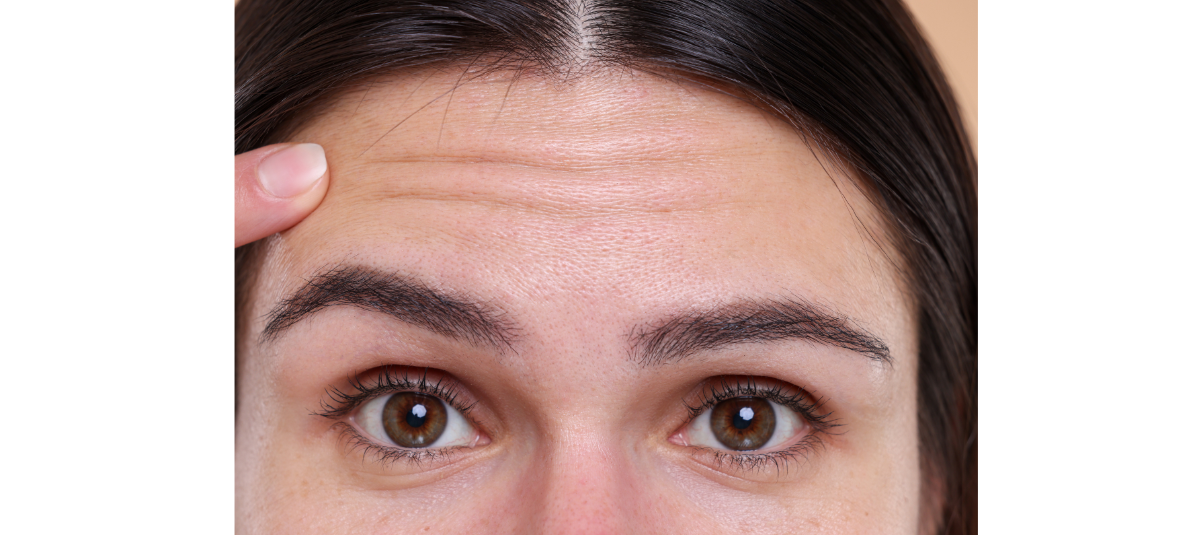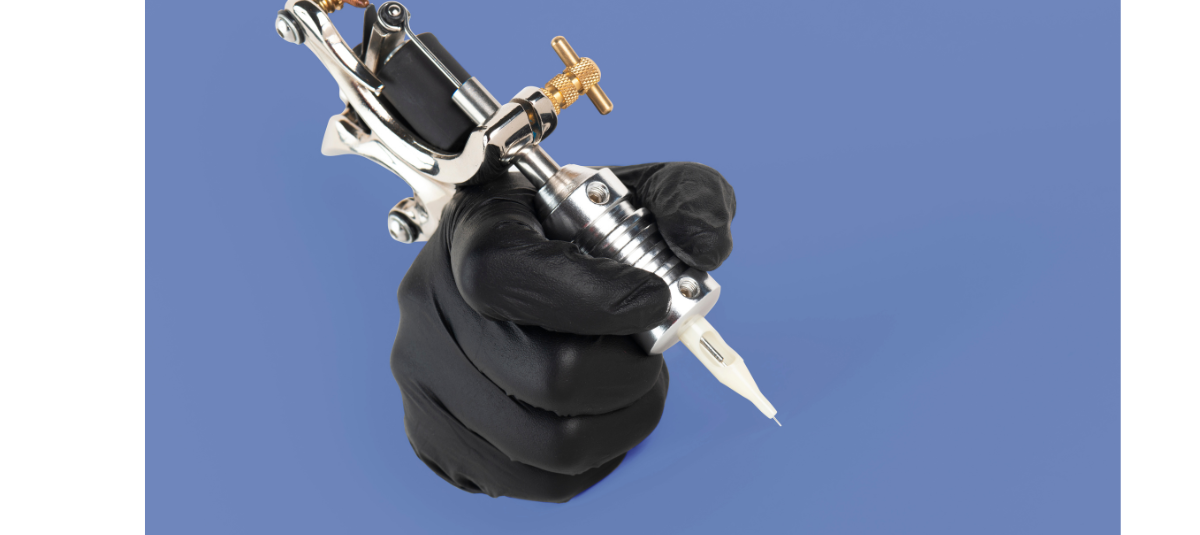Scientists create a wireless forehead tattoo that detects mental fatigue throughout the day.

Recently, it became known that engineers at the University of Texas developed a wireless electronic tattoo (e-tattoo) to measure workload.
This was announced in an article published in the journal Cell , entitled 'A wireless electronic forehead tattoo for mental workload estimation.'
This breakthrough seeks to address a key limitation of traditional cognitive monitoring systems, especially in demanding work environments. This device aims to offer a practical, noninvasive, and continuous way to measure people's mental state during their daily activities.
Limitations of traditional devices According to the publication, real-time monitoring of operators' cognitive states "can improve the safety and performance of human interaction systems. However, traditional electroencephalography (EEG) and electrooculography (EOG) devices, with their bulk, dangling cables, and cumbersome setups, limit or make it impossible to monitor operators' cognitive states while performing tasks in practice."

It's placed on the forehead. Photo: istock
The device is placed directly on the forehead, allowing for precise analysis of eye movements and brain activity.
The brain, whose main organ is the cerebrum, plays a key role in functions such as thought, memory, speech, and emotions. According to the US Cancer Portal, this organ is responsible for "controlling thought, learning, problem-solving, emotions, memory, speech, reading, writing, and voluntary movements."
Structure of the electronic tattoo According to the research team, this electronic tattoo uses:
- Adhesive electrodes made of graphite-deposited polyurethane (APC-GPU).
- Coating with a poly(3,4-ethylenedioxythiophene) polystyrene sulfonate (Pedot:Pss) compound.
- Laminated with a flexible printed circuit (FPC).
- Battery powered for wireless data acquisition and transmission.

The signals picked up by the e-tattoo correlate with the level of mental workload during tasks. Photo: iStock
The research also demonstrated that frontal EEG and EOG signals measured with this tattoo correlate with mental workload during complex cognitive tasks, such as the N-back working memory test. This finding reinforces the device's ability to accurately capture variations in mental effort without interfering with the user's activities.
Advantages over traditional systems Compared to conventional monitoring systems, the electronic tattoo offers significant benefits, such as:
- Low skin impedance (electrical resistance).
- Robust adhesion even during movement.
- Reliable signal acquisition in dynamic tasks.

It allows real-time detection of cognitive states related to mental workload. Photo: iStock
The research team noted in the publication that they hope to include future applications that "monitor the cognitive load in real time in pilots, operators, and healthcare professionals, advancing the field of human-computer interaction and personalized cognitive enhancement."
More news in EL TIEMPO *This content was created with the assistance of artificial intelligence, based on information from Portafolio, and reviewed by the journalist and an editor.
eltiempo





